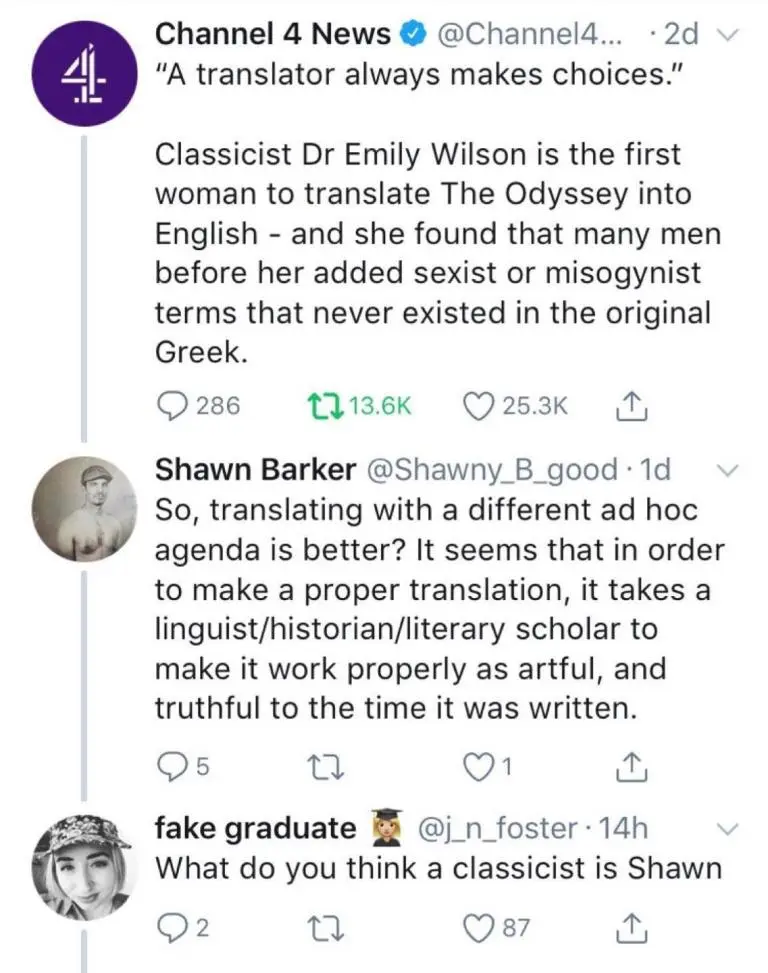this post was submitted on 20 Oct 2024
544 points (98.6% liked)
Microblog Memes
5597 readers
2769 users here now
A place to share screenshots of Microblog posts, whether from Mastodon, tumblr, ~~Twitter~~ X, KBin, Threads or elsewhere.
Created as an evolution of White People Twitter and other tweet-capture subreddits.
Rules:
- Please put at least one word relevant to the post in the post title.
- Be nice.
- No advertising, brand promotion or guerilla marketing.
- Posters are encouraged to link to the toot or tweet etc in the description of posts.
Related communities:
founded 1 year ago
MODERATORS
you are viewing a single comment's thread
view the rest of the comments
view the rest of the comments

Take "The has a yellow ". Which gender do these nouns have? In German, I could tell you. Both articles and the adjective have a gender.
Of course, you can use gendered nouns, but only a very small minority of nouns actually have female forms.
Being immediately identifiable isn't the standard, for example in languages that don't use the definite article (Slavic languages, for example) the first noun wouldn't necessarily exhibit it's grammatical gender, but it wouldn't mean it doesn't have one. Also, the brackets you used get parsed by boost as html tags.
The very existence of gendered nouns and pronouns means English has gender. It's just less noticeable because unlike the German "-innen" approach, English typically shoves most things into neuter and mostly defaults to male for persons and then hides it behind "he or she" or a singular "they". You can argue it's archaic or vestigial, and I'd agree, but it is there. Same how nouns don't exhibit cases, but pronouns do. Compare:
"The man stood there, the man's hand on the coffee cup, the cup warming the man".
"He stood there, his hand on the coffee cup, the cup warming him."